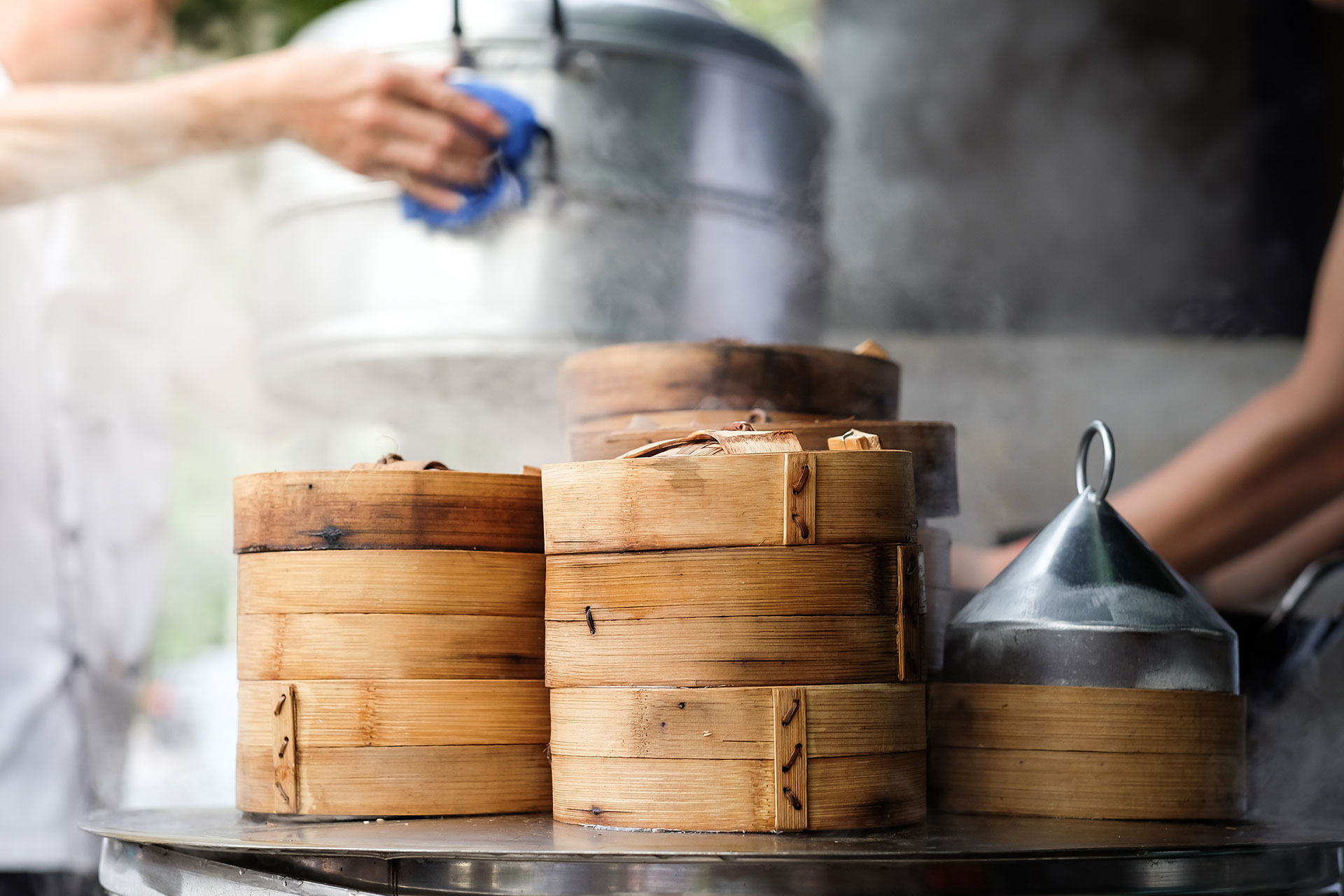

Articles
What Can You Cook In A Bamboo Steamer
Modified: October 25, 2024
Discover delicious recipes and cooking techniques using a bamboo steamer in our collection of informative articles. Expand your culinary skills with easy and healthy dishes.
(Many of the links in this article redirect to a specific reviewed product. Your purchase of these products through affiliate links helps to generate commission for Storables.com, at no extra cost. Learn more)
Introduction
When it comes to cooking techniques, using a bamboo steamer is not only practical, but it also adds a touch of tradition and elegance to your culinary experience. Originating from Asia, bamboo steamers have been used for centuries to prepare a wide range of delicious dishes.
These unique cooking devices offer numerous benefits, from preserving the nutritional value of ingredients to enhancing the natural flavors of food. Additionally, their eco-friendly and sustainable nature makes them an excellent choice for those who prioritize environmental consciousness. So, what exactly can you cook in a bamboo steamer?
In this article, we will explore the diverse possibilities and delicious recipes that can be accomplished with a bamboo steamer. Whether you are a seasoned chef or a home cook looking to experiment, discover how this traditional cooking method can elevate your dishes to new heights.
Key Takeaways:
- Elevate your cooking game with a bamboo steamer, preserving nutrients and enhancing flavors for healthy, delicious meals. From vibrant veggies to succulent seafood, the possibilities are endless!
- Embrace the joys of steam cooking with a bamboo steamer, creating restaurant-quality dishes at home. Explore diverse recipes and flavors, and savor the delightful results of this traditional cooking method.
Read more: How Do You Use A Bamboo Steamer
Benefits of using a bamboo steamer
Using a bamboo steamer offers several advantages that set it apart from other cooking methods. Here are some key benefits:
- Preservation of Nutrients: The gentle steam cooking process helps retain the natural nutrients present in the ingredients, ensuring that your meals are not only delicious but also healthy.
- Enhanced Flavors: The porous nature of the bamboo allows steam to circulate evenly, infusing the food with the flavors of herbs, spices, and other seasonings.
- Maintains Texture: Unlike boiling or frying, steaming with a bamboo steamer helps maintain the texture of the ingredients, resulting in tender and succulent dishes.
- Eco-Friendly and Sustainable: Bamboo is a renewable and eco-friendly material. By opting for a bamboo steamer, you are making a choice that aligns with sustainability and reduces your carbon footprint.
- Easy to Use and Clean: Bamboo steamers are user-friendly and require minimal effort to operate. They are also easy to clean, with no intricate parts or complicated mechanisms.
- Versatile Cooking: Bamboo steamers can be used to cook a wide variety of foods, from vegetables and seafood to dumplings and grains. This versatility opens up endless possibilities in the kitchen.
By harnessing the benefits of a bamboo steamer, you can elevate your cooking game and create healthy, flavorful meals with ease.
Types of food that can be cooked in a bamboo steamer
A bamboo steamer is a versatile cooking tool that allows you to prepare a wide range of delicious dishes. Here are some popular types of food that can be cooked using a bamboo steamer:
- Vegetables: Steaming vegetables in a bamboo steamer helps retain their natural vibrant colors, crispness, and nutrients. From broccoli and carrots to bok choy and asparagus, you can steam a variety of vegetables to create healthy and flavorful side dishes or main courses.
- Seafood: Steaming seafood in a bamboo steamer ensures that it remains tender and moist while bringing out its natural flavors. Popular options include steamed fish fillets, shrimp, scallops, and even whole fish. You can season them with herbs, ginger, garlic, or soy sauce for added flavor.
- Dumplings: Bamboo steamers are widely used to cook dumplings, such as wontons, potstickers, and dim sum. The gentle steam cooks the dough just right, resulting in soft and delicate dumplings filled with a variety of delicious ingredients, including meat, vegetables, or even sweet fillings.
- Rice and Grains: A bamboo steamer can also be used to cook rice and grains, resulting in fluffy, perfectly cooked textures. Sticky rice, jasmine rice, or even quinoa can be steamed to perfection, absorbing the flavors of any accompanying ingredients.
- Buns and Breads: Steamed buns, also known as baozi, are a popular dish made using a bamboo steamer. These fluffy and savory buns can be filled with various ingredients, such as barbecue pork, vegetables, or even sweet fillings like red bean paste. Additionally, you can also steam bread, such as mantou, which is a staple in Asian cuisine.
These are just a few examples of the many types of food that can be cooked using a bamboo steamer. The possibilities are endless, and experimenting with different ingredients and flavors is a part of the joy of using this traditional cooking method.
Recipes for cooking vegetables in a bamboo steamer
Cooking vegetables in a bamboo steamer is a healthy and flavorful way to enjoy their natural goodness. Here are a few simple and delicious recipes to try:
- Steamed Broccoli with Garlic: Cut broccoli into florets and place them in the bamboo steamer. Steam for 5-7 minutes or until tender. In a small pan, heat olive oil and sauté minced garlic until fragrant. Drizzle the garlic oil over the steamed broccoli and season with salt and pepper.
- Asian-inspired Steamed Bok Choy: Trim the ends of the bok choy and separate the leaves. Steam the bok choy for 3-5 minutes until wilted. In a small bowl, mix soy sauce, minced ginger, minced garlic, and a pinch of sugar. Drizzle the sauce over the steamed bok choy and garnish with sesame seeds.
- Ginger-Glazed Carrots: Peel and slice carrots into thin strips. Steam for 5-7 minutes until tender. In a small saucepan, melt butter and add grated ginger, honey, and a squeeze of lemon juice. Stir until well combined and pour the ginger glaze over the steamed carrots.
These recipes are just a starting point, and you can customize them to suit your taste preferences. Experiment with different spices, herbs, or even add a splash of soy sauce or sesame oil for a touch of Asian flavor.
Remember, the key to steaming vegetables is to avoid overcooking them, as this can result in mushiness. Keep an eye on the steaming time and check for doneness with a fork or knife. Steamed vegetables are not only a nutritious side dish but can also be added to stir-fries, salads, or grain bowls for a complete meal.
Enjoy the vibrant colors, crisp textures, and enticing flavors that steamed vegetables bring to your table with the help of a bamboo steamer.
Recipes for cooking seafood in a bamboo steamer
Steaming seafood in a bamboo steamer is a fantastic way to highlight the delicate flavors and preserve the tender texture of various seafood options. Here are a few delectable recipes to try:
- Steamed Fish Fillets with Soy Ginger Sauce: Season fish fillets with salt, pepper, and a squeeze of lemon juice. Place them on a plate lined with parchment paper in the bamboo steamer. Steam for 8-10 minutes or until the fish is cooked through. In a small saucepan, heat soy sauce, minced ginger, minced garlic, and a touch of honey. Pour the sauce over the steamed fish and garnish with chopped green onions.
- Garlic and Herb Steamed Shrimp: In a bowl, toss peeled and deveined shrimp with minced garlic, fresh herbs (such as parsley or cilantro), and a drizzle of olive oil. Place the shrimp in the bamboo steamer and steam for 5-7 minutes until the shrimp are pink and opaque. Serve with a squeeze of lemon juice.
- Scallops with Lemon Butter Sauce: Season scallops with salt and pepper. Place them in the bamboo steamer and steam for 4-6 minutes until they are cooked through. In a small saucepan, melt butter and add freshly squeezed lemon juice and a pinch of lemon zest. Pour the lemon butter sauce over the steamed scallops and sprinkle with chopped fresh parsley.
These recipes showcase the versatility of steaming seafood in a bamboo steamer. You can adjust the seasoning and sauces according to your taste preferences. Feel free to add a sprinkle of red pepper flakes for a touch of heat or experiment with different herbs and spices to create your own unique flavor profiles.
Steamed seafood is not only delicious but also a healthy option as it doesn’t require excessive oil or butter. Serve your steamed seafood with a side of steamed vegetables or over a bed of rice for a complete meal.
With a bamboo steamer, you can effortlessly create restaurant-quality seafood dishes in the comfort of your own kitchen, impressing your guests and satisfying your taste buds.
When using a bamboo steamer, line the bottom with lettuce or cabbage leaves to prevent food from sticking to the bamboo and to add extra flavor to your dish.
Read more: What Can You Clean With A Steamer
Recipes for cooking dumplings in a bamboo steamer
Using a bamboo steamer to cook dumplings is a traditional method that results in perfectly steamed, tender, and flavorful dumplings. Here are a few delicious recipes to try:
- Pork and Cabbage Dumplings: In a bowl, mix ground pork, finely shredded cabbage, minced garlic, grated ginger, soy sauce, sesame oil, and a pinch of salt and pepper. Place a spoonful of the mixture onto dumpling wrappers and fold them into desired shapes. Arrange the dumplings in the bamboo steamer and steam for 10-12 minutes until the dumpling wrappers are translucent.
- Shrimp and Chive Dumplings: In a bowl, combine minced shrimp, finely chopped chives, minced garlic, soy sauce, sesame oil, and a sprinkle of salt and pepper. Place a spoonful of the mixture onto dumpling wrappers and fold them into dumpling shapes. Steam the dumplings in the bamboo steamer for 8-10 minutes until cooked through.
- Veggie Dumplings: Mix together finely chopped mushrooms, shredded carrots, chopped scallions, minced garlic, soy sauce, sesame oil, and a pinch of salt and pepper. Place a spoonful of the filling onto dumpling wrappers and fold them into desired shapes. Steam the dumplings in the bamboo steamer for 10-12 minutes or until the wrappers are translucent.
These recipes are just a starting point, and you can get creative with the fillings and seasonings. Feel free to experiment with different combinations of meat, seafood, vegetables, and herbs to create your own signature dumpling recipes.
Serve the steamed dumplings with a dipping sauce made from soy sauce, rice vinegar, minced garlic, and a sprinkle of sesame seeds. You can also add a touch of chili oil or ginger for an extra kick. Enjoy the delicious flavors and textures of these steamed dumplings, perfect as an appetizer or a main course.
With a bamboo steamer, you can effortlessly create authentic and mouthwatering dumplings that will impress your family and friends.
Recipes for cooking rice and grains in a bamboo steamer
Using a bamboo steamer to cook rice and grains adds a unique texture and flavor to these staple ingredients. Here are a few delightful recipes to try:
- Steamed Jasmine Rice: Rinse jasmine rice thoroughly and drain. Place the rice in a heatproof dish or a bamboo steamer lined with parchment paper. Add water in a 1:1 ratio to the rice. Cover and steam for 20-25 minutes until the rice is fluffy and cooked through. Fluff the rice with a fork before serving.
- Quinoa Pilaf: Rinse quinoa and drain. In a saucepan, combine quinoa, vegetable broth, minced garlic, diced onions, and a pinch of salt. Place the saucepan in the bamboo steamer and steam for 15-20 minutes until the quinoa is tender and has absorbed the liquid. Fluff the quinoa with a fork and add chopped fresh herbs, such as parsley or cilantro, for added flavor.
- Sticky Rice with Coconut Milk: Soak sticky rice in water for a few hours or overnight. Drain the rice and place it in a bamboo steamer lined with banana leaves or parchment paper. Steam the rice for 25-30 minutes until it is soft and sticky. In a small pan, heat coconut milk with a bit of sugar and a pinch of salt. Pour the coconut milk mixture over the steamed sticky rice and gently stir to combine. Serve as a sweet or savory dish.
These recipes showcase the versatility of steaming rice and grains in a bamboo steamer. You can adjust the cooking time and liquid ratios based on the specific type of rice or grain you are using. Feel free to add additional ingredients such as spices, vegetables, or nuts to create your own unique variations.
Steamed rice and grains can be served as a side dish or as a base for curries, stir-fries, or other main course dishes. The gentle steam cooking method ensures that the grains are cooked evenly and retain their natural flavors and textures.
With a bamboo steamer, you can elevate your rice and grain dishes to new heights, adding a touch of authenticity and a hint of nuttiness that will impress your taste buds.
Tips for using a bamboo steamer
Using a bamboo steamer may seem daunting at first, but with these helpful tips, you’ll become a pro in no time:
- Preparation is Key: Before using a bamboo steamer, make sure to soak it in water for at least 30 minutes. This helps prevent the bamboo from drying out and ensures that the steamer is ready to use.
- Line the Steamer: To prevent food from sticking to the steamer, line it with parchment paper, lettuce leaves, or cabbage leaves. This also makes the cleanup process easier.
- Proper Arrangement: Arrange the food in a single layer in the bamboo steamer, ensuring that there is enough space for steam to circulate. Overcrowding can lead to uneven cooking.
- Timing is Everything: Keep a close eye on the steaming time for different ingredients. Undercooking may result in raw food, while overcooking can lead to a loss of texture and flavor.
- Check for Doneness: Use a fork or a toothpick to test the doneness of your food. It should easily penetrate the ingredients, indicating that they are cooked through.
- Flavor Infusion: Add herbs, spices, or aromatics such as garlic, ginger, or lemongrass to the water in the bottom pot of the steamer. As the steam rises, it will infuse the food with wonderful flavors.
- Seasoning: Season the food before placing it in the bamboo steamer to ensure that the flavors penetrate throughout the cooking process.
- Resting Time: After steaming, let the food rest for a few minutes to allow it to settle. This will help to redistribute the juices and enhance the overall flavor.
- Care and Cleaning: After use, allow the bamboo steamer to cool down before gently cleaning it with warm water and mild soap. Avoid using harsh abrasives or dishwashers, as they can damage the bamboo.
By following these tips, you’ll be able to make the most out of your bamboo steamer and create delicious steamed dishes with ease. Experiment with different ingredients, flavors, and cooking times to discover your favorite combinations.
Remember, practice makes perfect, so don’t be discouraged if your first attempts aren’t flawless. Embrace the joys of using a traditional bamboo steamer and enjoy the delightful flavors that come with steaming your food.
Conclusion
Using a bamboo steamer in your kitchen not only adds elegance and tradition to your cooking experience but also offers a range of benefits. From preserving nutrients to enhancing flavors, a bamboo steamer is a versatile tool that can elevate your culinary creations.
We explored the diverse range of food that can be cooked in a bamboo steamer, including vegetables, seafood, dumplings, and rice/grains. The gentle steam cooking method ensures that the ingredients retain their natural colors, textures, and flavors, resulting in healthy and delicious dishes.
With the recipes provided, you can embark on a culinary journey, experimenting with different combinations of ingredients and seasonings to suit your taste preferences. From steamed broccoli with garlic to delectable shrimp dumplings, the possibilities are endless, and the flavors are sure to tantalize your taste buds.
Remember to follow the tips for using a bamboo steamer, such as proper arrangement of food, checking for doneness, and careful cleaning and maintenance of the steamer. By mastering these techniques, you can create restaurant-quality steamed dishes in the comfort of your own home.
So, why not embrace this traditional cooking method and explore the wonders of a bamboo steamer? Try new recipes, get creative with flavors, and savor the delightful results. Whether you are a seasoned chef or a home cook, a bamboo steamer is a valuable addition to your kitchen arsenal.
Experience the joys of steam cooking, preserve the natural goodness of ingredients, and discover a world of flavors with a bamboo steamer. Get ready to embark on a delicious and healthy culinary adventure!
Frequently Asked Questions about What Can You Cook In A Bamboo Steamer
Was this page helpful?
At Storables.com, we guarantee accurate and reliable information. Our content, validated by Expert Board Contributors, is crafted following stringent Editorial Policies. We're committed to providing you with well-researched, expert-backed insights for all your informational needs.
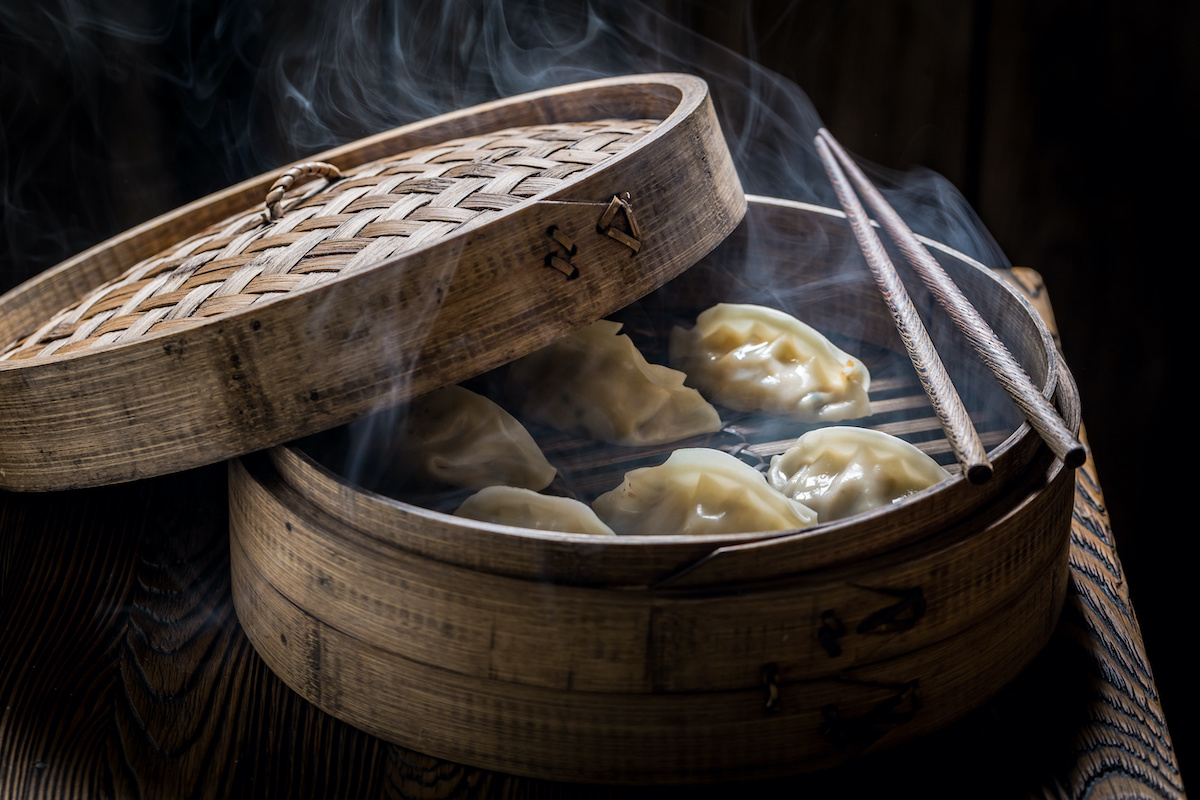


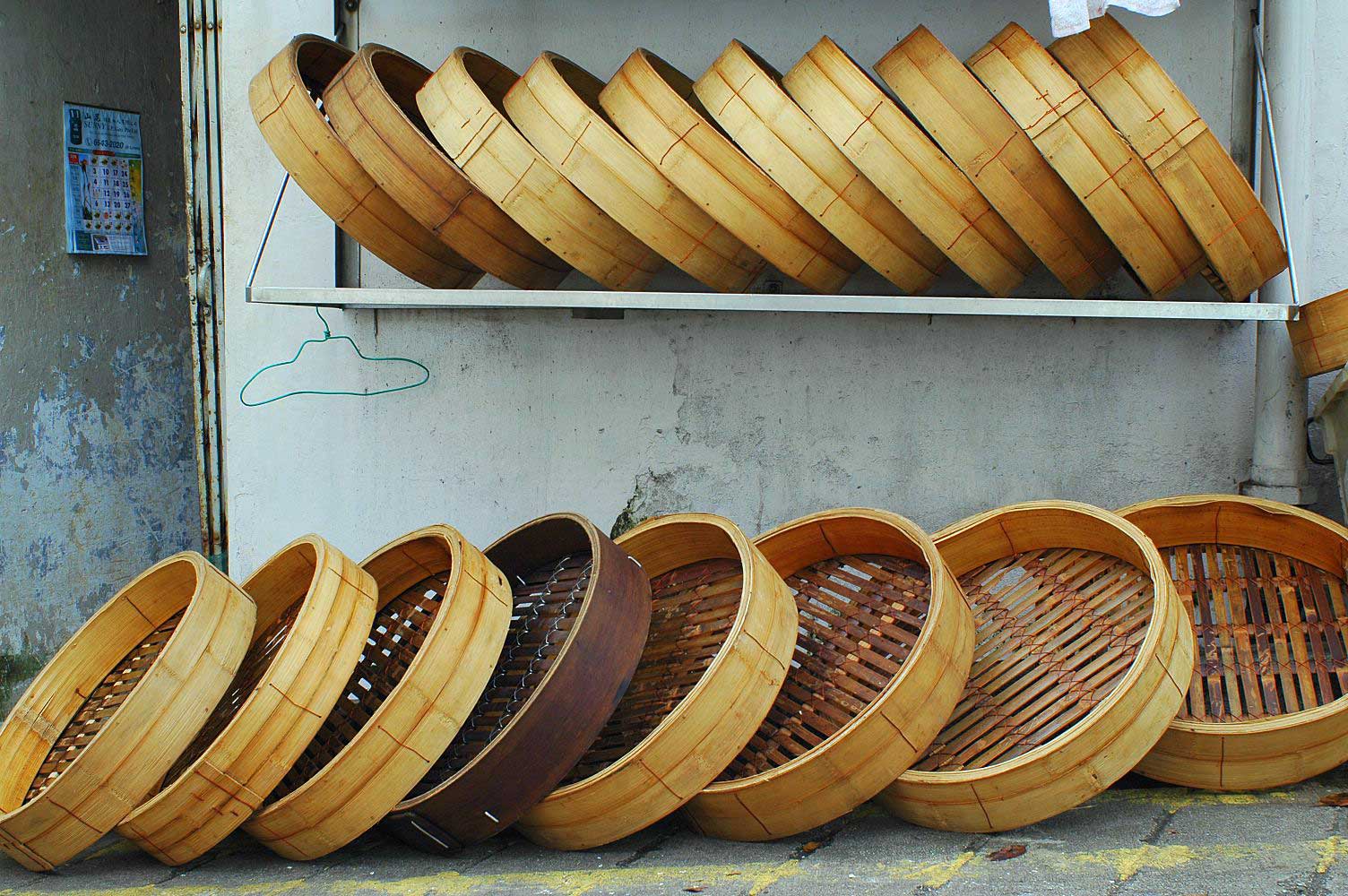
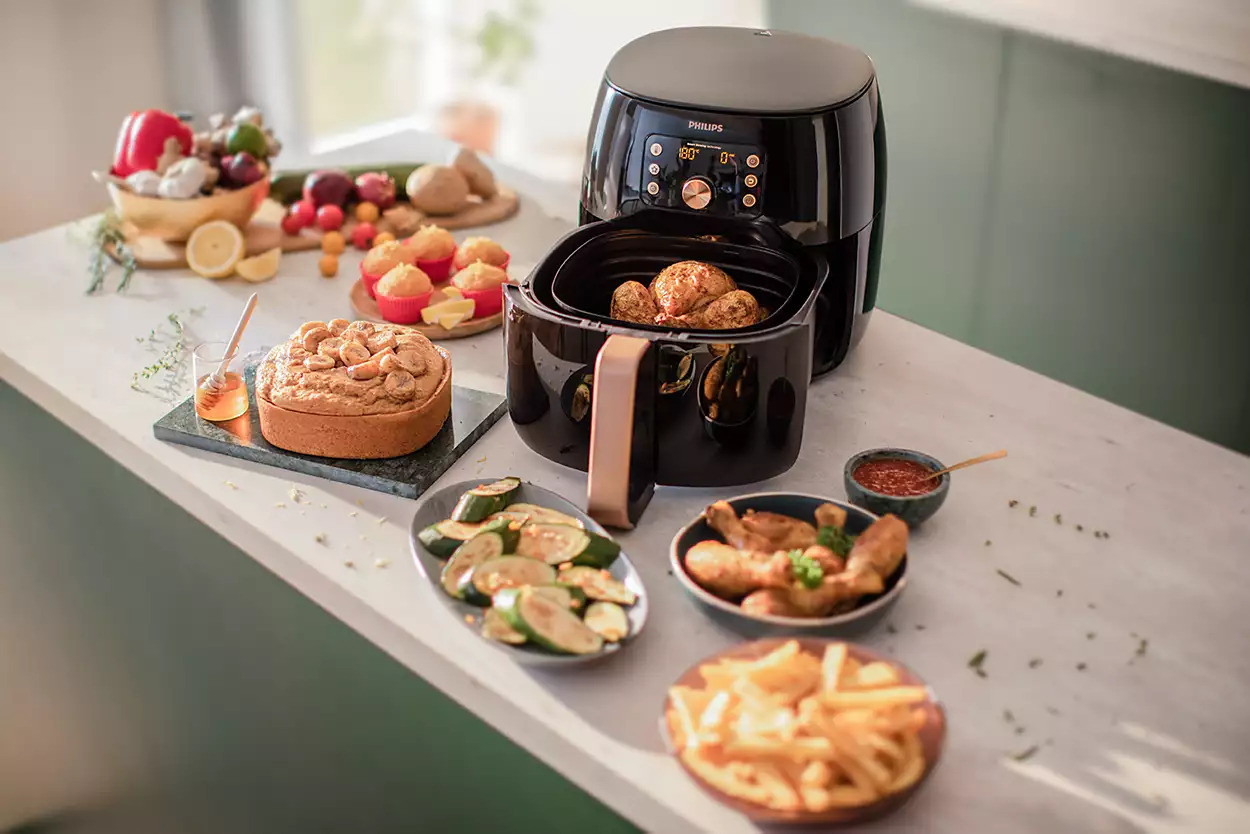
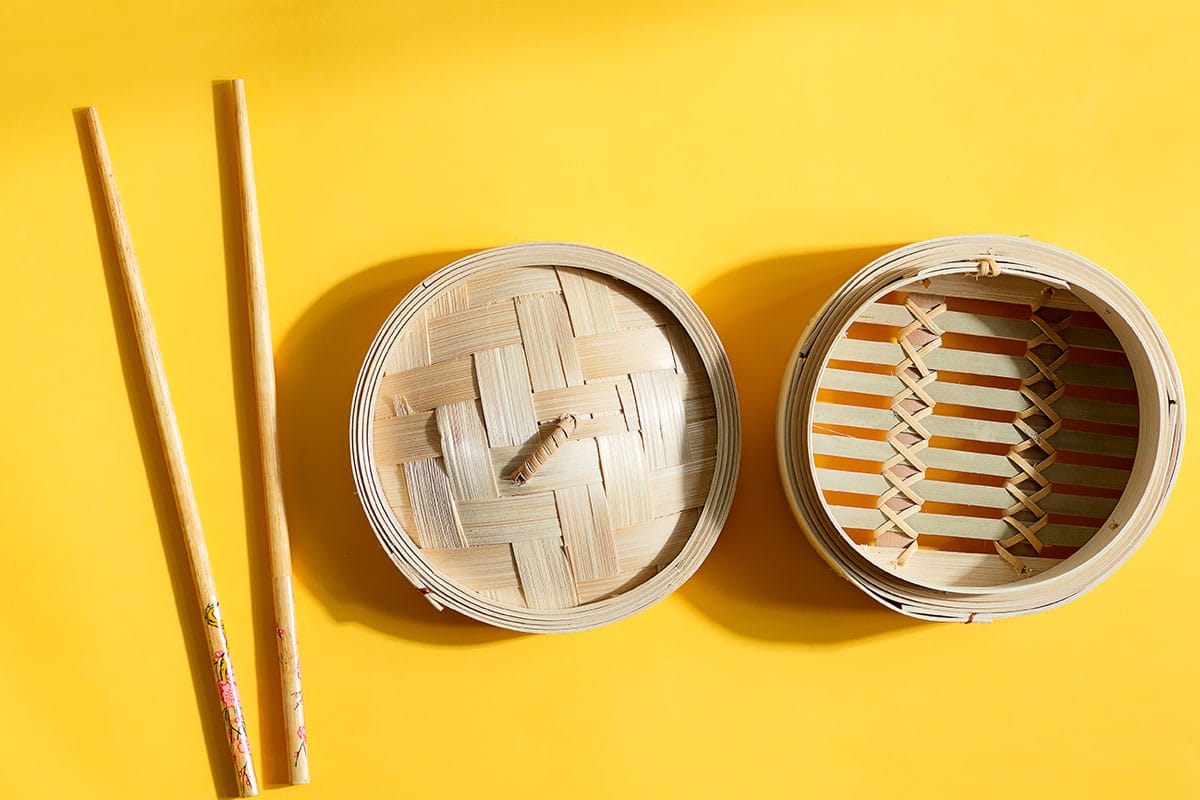
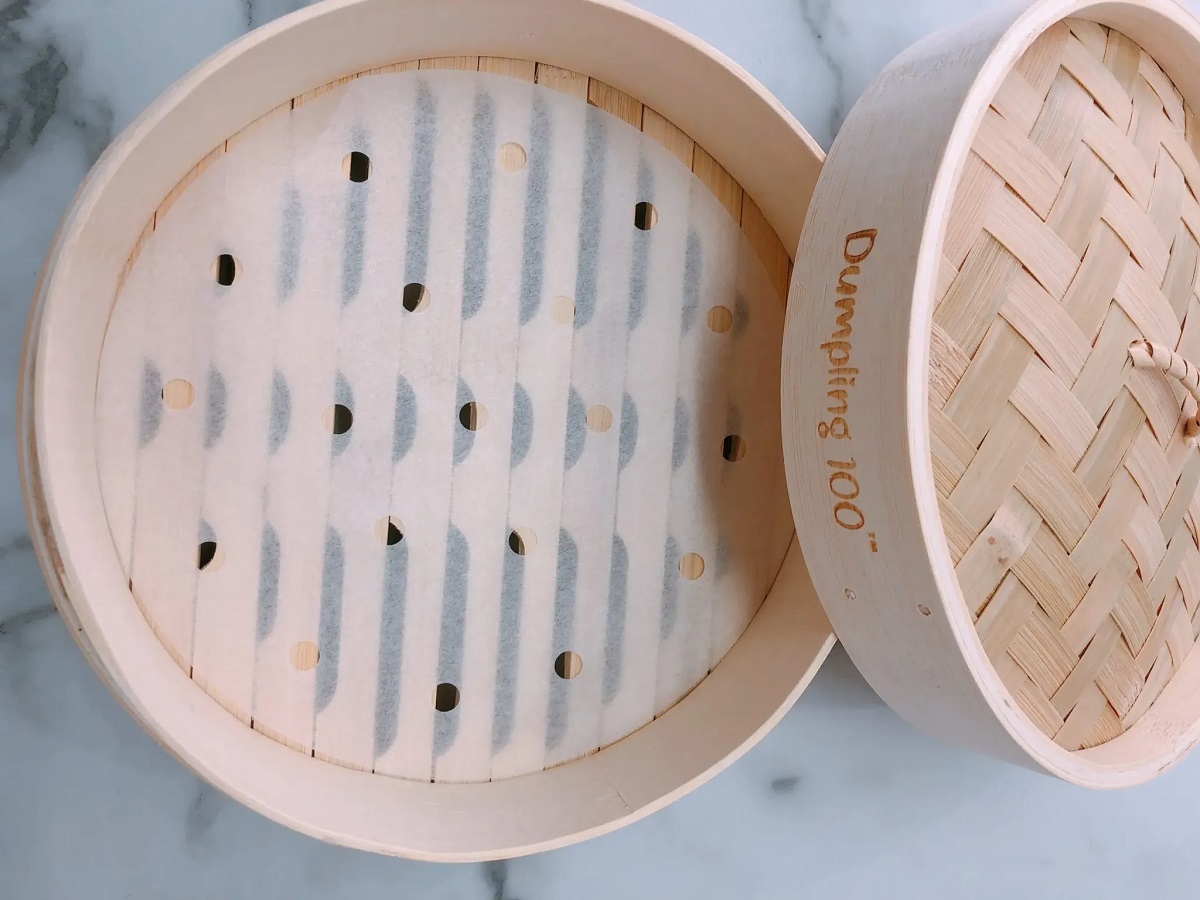
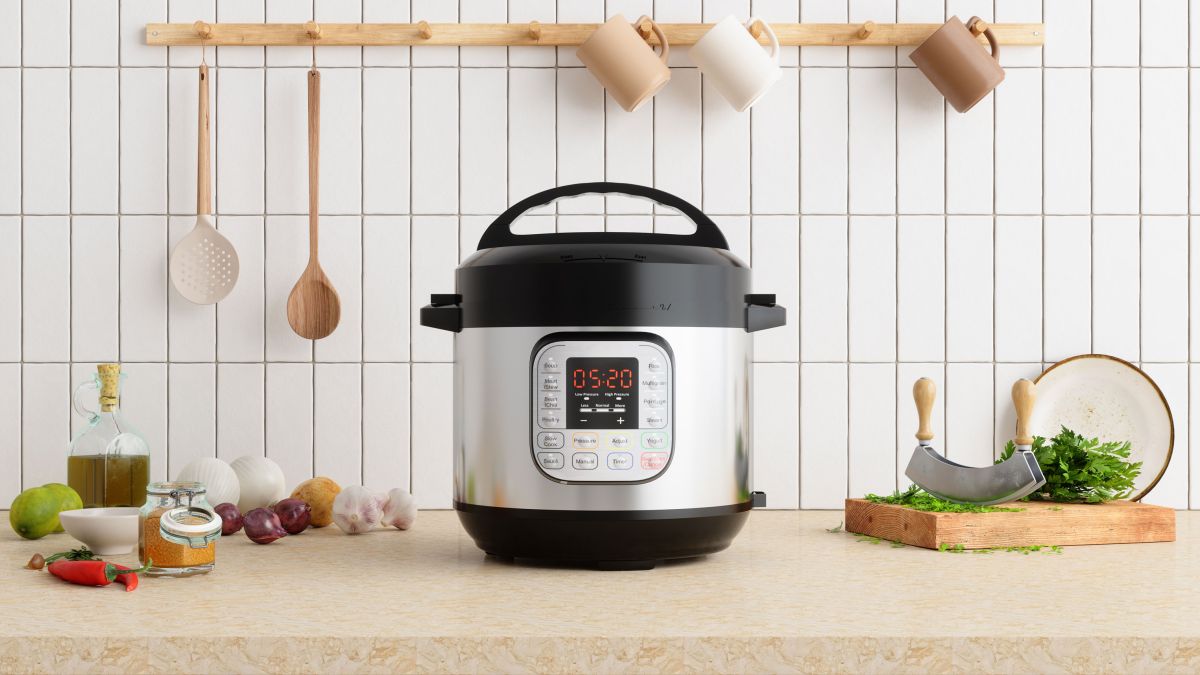
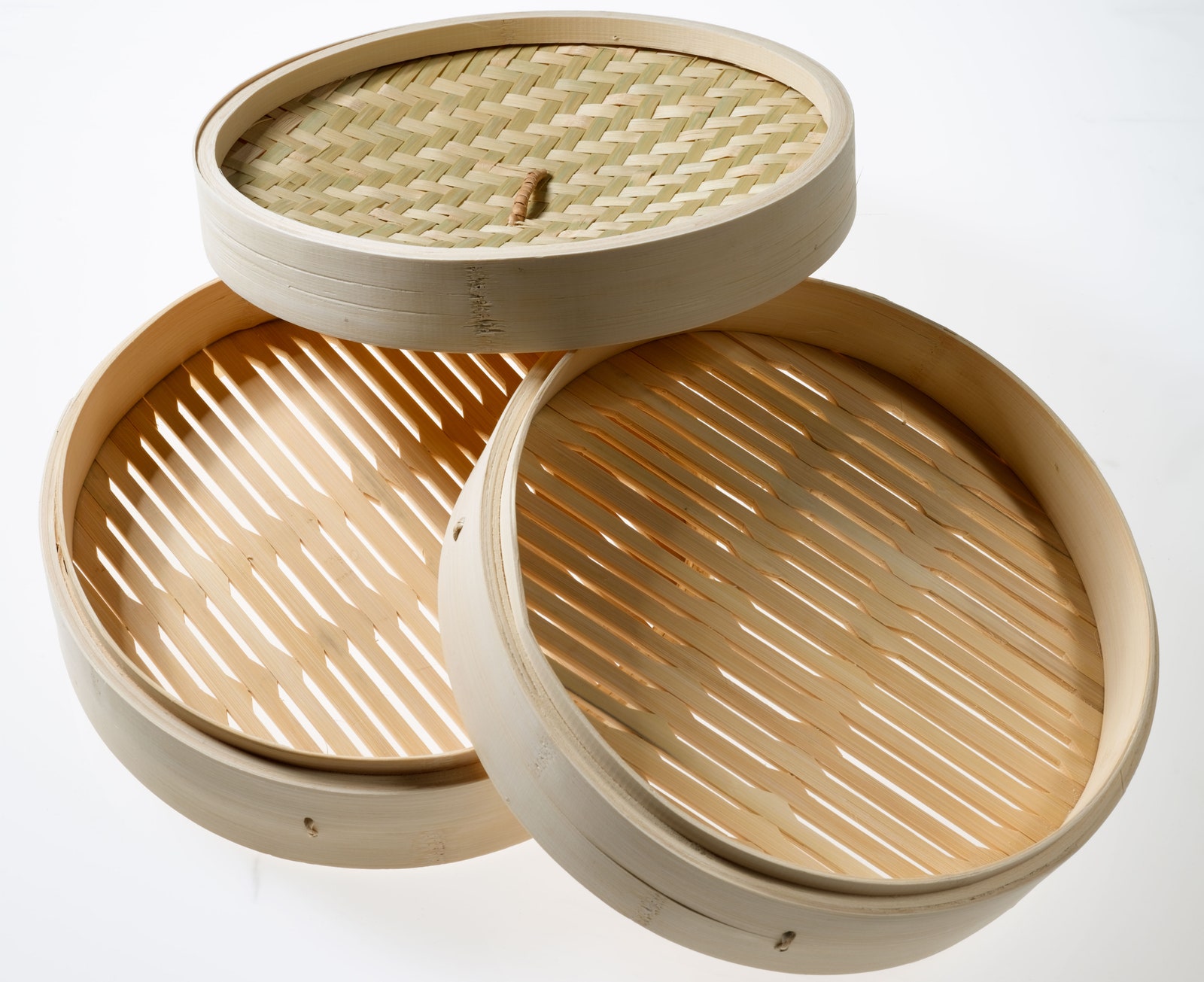

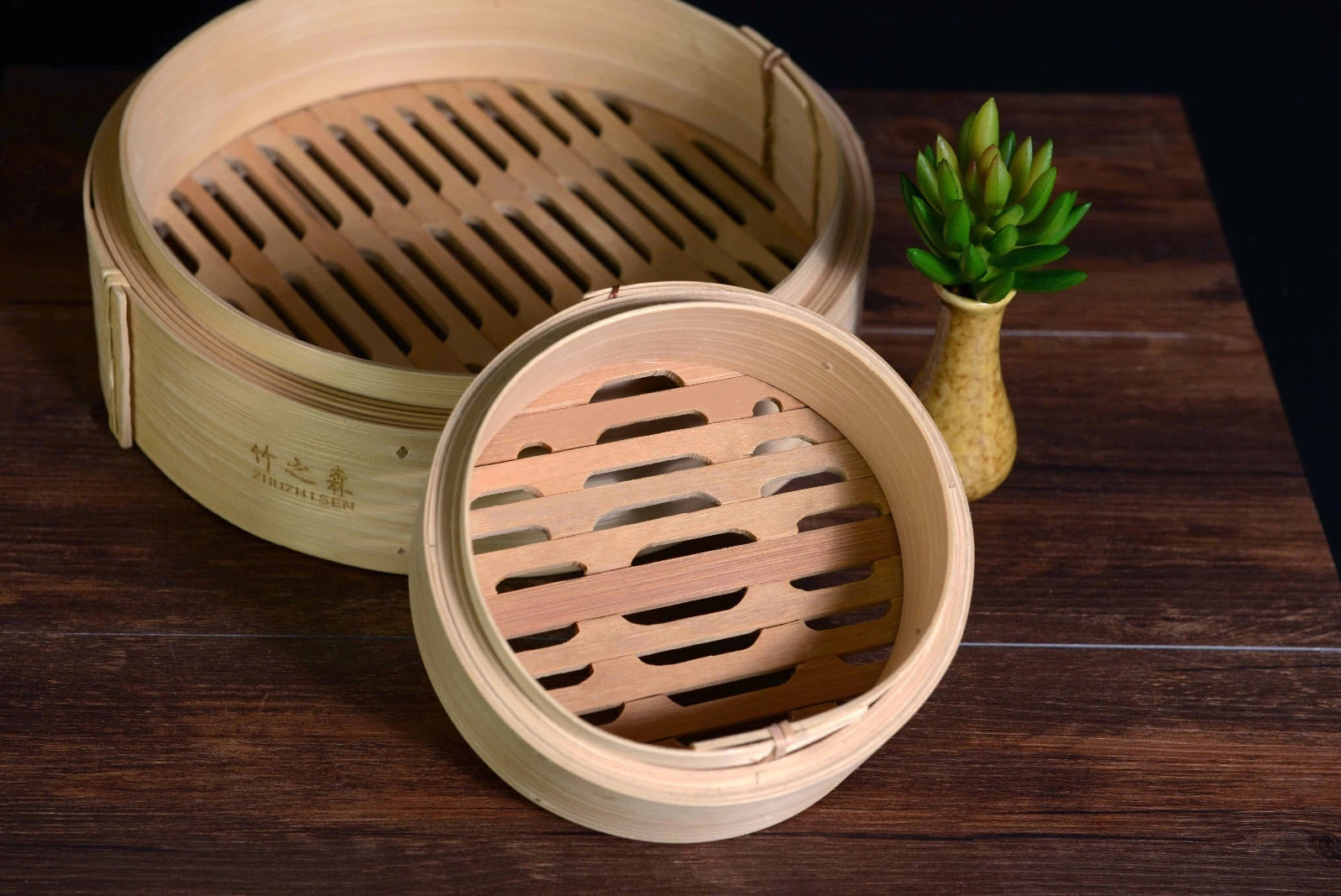
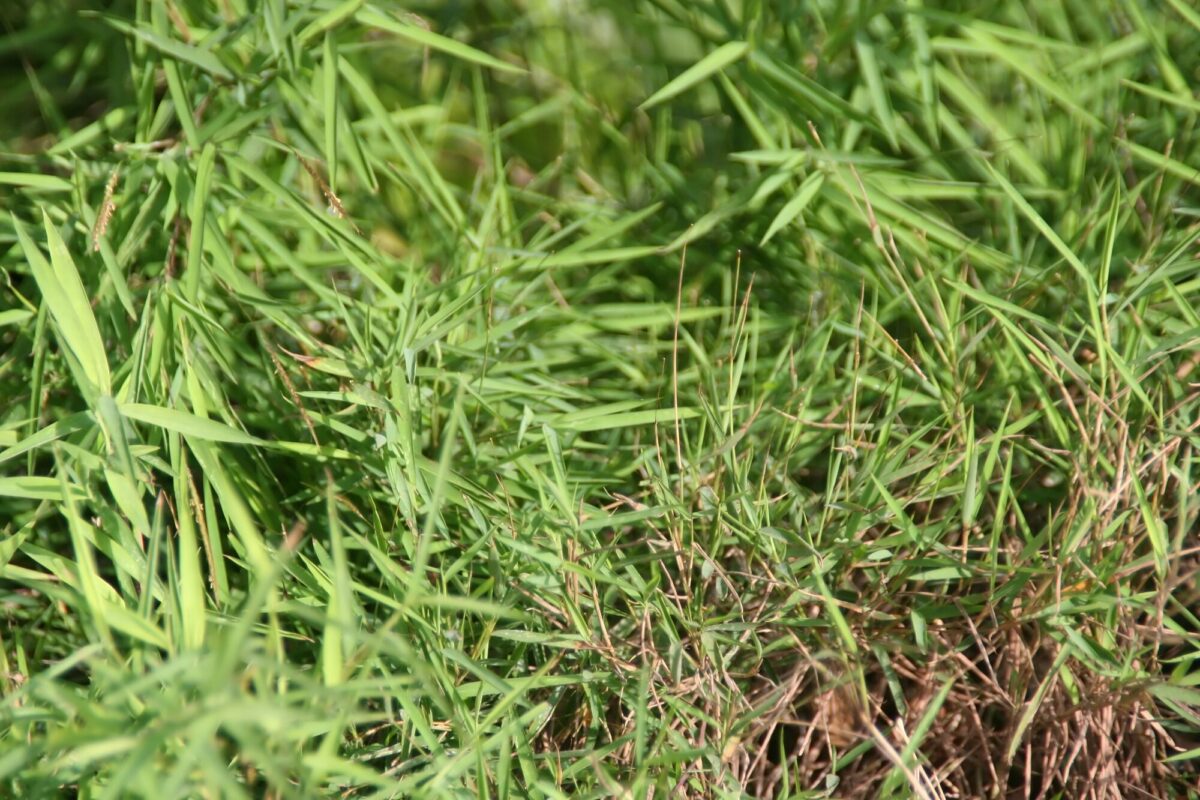
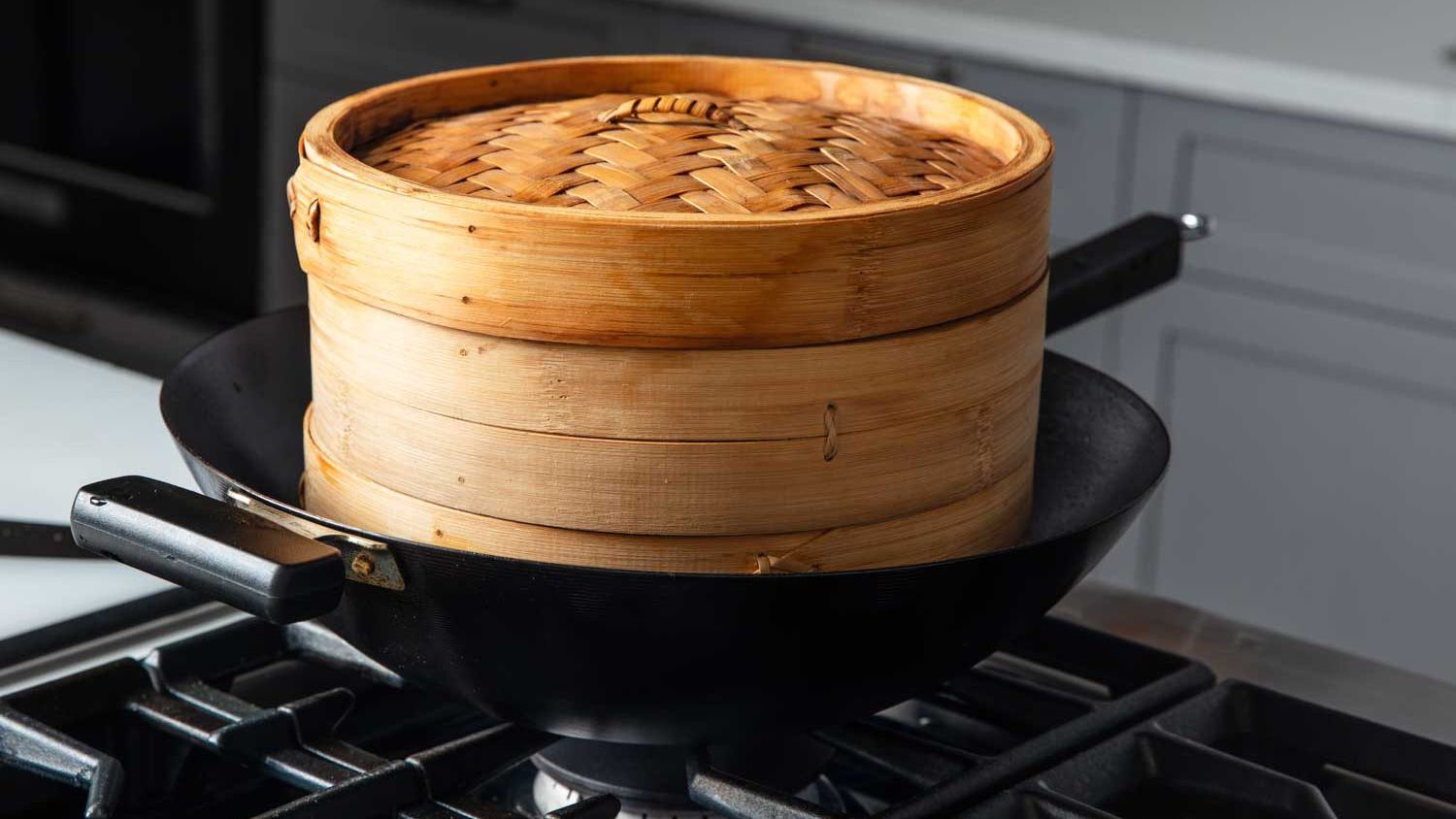
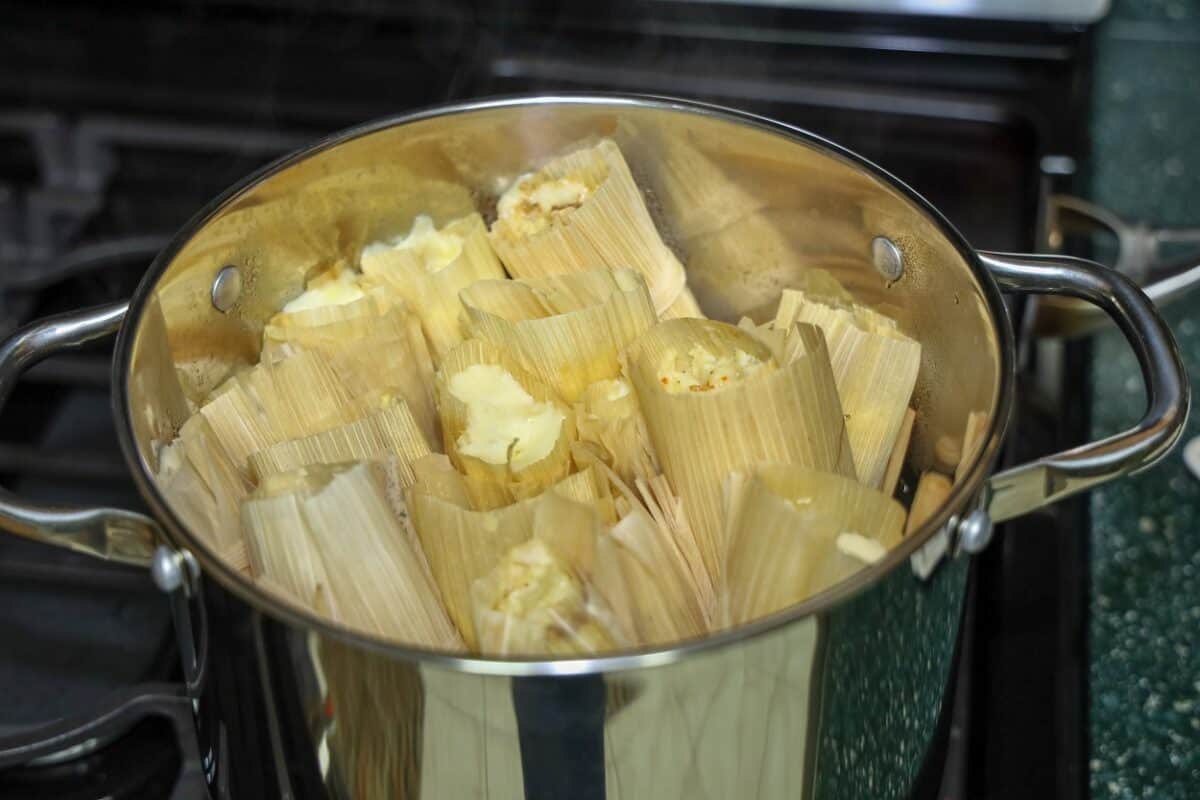

0 thoughts on “What Can You Cook In A Bamboo Steamer”